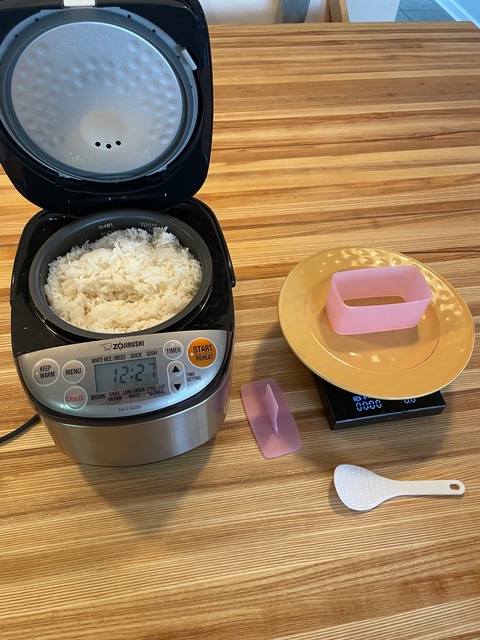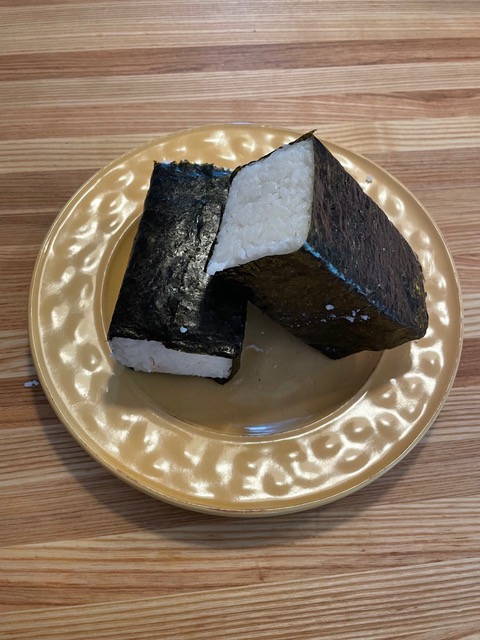The first rule of rice club: you do talk about rice club.
The second rule of rice club: you DO talk about rice club!
If you’re in the club, tag @usefulcoach in your training posts, and use hashtag #usefulriceclub. Rice club t-shirt’s coming soon! Subscribe to news to be notified.
Eat rice train repeat
A central principle of useful. coaching is using nutrition as a lever, changing the state of the body during the windows of time when the body is under the most load.
It’s viewing pre-session nutrition not as just energy provision “fuelling”, but rather as the means to…
- Increase intensity volume – how much work can be performed at the highest intensity
- Decrease recovery time – how to ensure subsequent sessions maintain that intensity volume
- Decrease risk of injury – how to lower risk of cumulative strain from under-recovery
Fundamentally strength and conditioning improvements are about creating the necessary training stimulus, and applying nutrition to augment and “convert” that stimulus into physical adaptations. Nutrition is both the signalling and the substrates for changing physiology.
Having now coached over 400 clients, the practice that produces real-world results, is consuming a significant amount of protein and carbohydrate before sessions, not just “having a snack”.
- Before session: ~25g protein, ≥60g carbohydrate
- During session: ≥30g carbohydrate
- Post session:~25g protein, ≥60g carbohydrate
Consuming ≥60g of carbohydrate pre-session is where you will noticeably feel the difference. One client said his minimum threshold was 75g, and that since applying this strategy he has had some of the best board climbing sessions of his life.
Applying this strategy, feedback is…
- Sustained power and concentration during sessions without any drop-off
- Finishing sessions feeling like they could have done even more work
- No cravings for snacks post sessions and throughout the week
- Being able to diet without feeling like they have lowered their energy intake
- Feeling recovered, less sore, solid, robust, and resilient
Application
The most versatile and gut friendly practice, is using cooked rice. Pair your rice with an easy digesting protein source such as a whey or a plant-based protein shake providing ~25g protein per serving.
- Consume 1–1.5 cups (150–250g) of cooked salted rice 40 minutes before your training or performance sessions. This provides ~40–60g of easily digestible carbohydrate.
- Pair it “carb stacking” with other sources such as fruit or sugary snacks to achieve ≥60g carbohydrate
- You may prefer to use a sweeter “rice pudding” strategy, such as mixing the rice together with honey, raisins, banana
- It’s best not to add fats or oils to the rice, as it may slow gut transit and you will feel fuller
- Repeat this immediately after your session
I personally eat 250g of cooked basmati rice, a banana, and caramel wafer. This provides ~100g of carbs. “Carb stacking” like this allows you to easily eat more. For my typical 2-2.5-hour mixed training and climbing sessions, I use this strategy before and immediately afterward So it is a cumulative ~200g carbohydrate, and ~60g protein across the training window. — Tom Herbert (@usefulcoach)
How I cook rice
This recipe will produce 3 cups of cooked rice. I personally use basmati (Tilda), but this should work for most rice varieties.
- Add 1 cup of uncooked rice to a pan with 2.5 cups of cold water, and a ½ tsp salt
- Place lid on the pan, and bring to the boil
- As it hits boiling point, turn down to a simmer, stir, replace lid, and set your timer for 10 minutes
- Around 5 minutes, check and give the rice a stir, replace lid, and continue simmering
- As the timer finishes 10 minutes, turn off the heat, stir, replace lid, and allow rice to rest for 2–3 minutes
- You now have around 500g (18oz) of cooked rice, which can be split into your pre- / post-session strategy
Jason’s onigiri blocks
My coaching client Jason Leddington came up with onigiri rice blocks!
- Onigiri Japanese rice balls – Japanese short-grain rice (Nishiki) is sticky enough to form cohesive shapes
- ~240g rice blocks can be made using these pink onigiri molds
- Season with a layer of miso, furikake, or crunchy pickled umeboshi plums, and wrap in nori sheets
I often make several blocks at a time but try to use them within 24 hours, as they start to harden if they’re refrigerated for too long. If I know that I’m going to train after work, I’ll take a block with me and eat it while I’m walking to the car for the drive home, or even as I drive. — Jason Leddington (@the8aproject)


